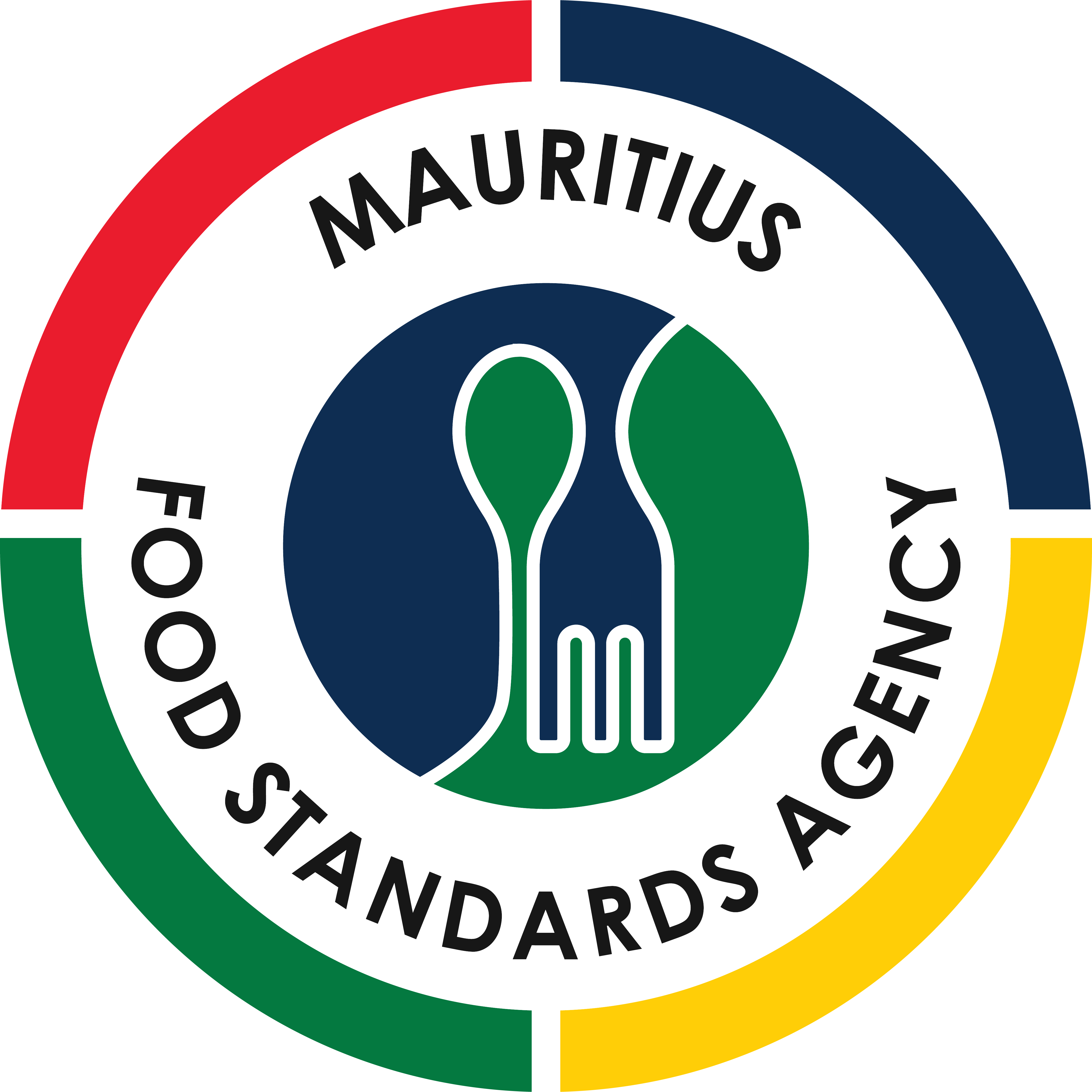Corporate
Event
Aenean non accumsan ante. Duis et risus accumsan sem tempus porta nec sit amet est. Sed ut euismod quam.
Wedding
Reception
Aenean non accumsan ante. Duis et risus accumsan sem tempus porta nec sit amet est. Sed ut euismod quam.
Birthday
Party
Aenean non accumsan ante. Duis et risus accumsan sem tempus porta nec sit amet est. Sed ut euismod quam.
Private
Party
Aenean non accumsan ante. Duis et risus accumsan sem tempus porta nec sit amet est. Sed ut euismod quam.
Anniversary
Celebration
Aenean non accumsan ante. Duis et risus accumsan sem tempus porta nec sit amet est. Sed ut euismod quam.
Social
Events
Aenean non accumsan ante. Duis et risus accumsan sem tempus porta nec sit amet est. Sed ut euismod quam.

Microorganisms cannot multiply if food is too hot or too cold. Cooling or freezing food does not kill microorganisms but limits their growth. Normally, microorganisms multiply faster at higher temperatures. However, once the temperature reaches 50°C, most microorganisms do not multiply.
What are unsafe temperatures to keep food?The danger zone is the temperature range between 5°C and 60°C. At these temperatures, microorganisms multiply very fast. However, some microorganisms can still grow even when food is stored in the refrigerator or freezer.
Why keep food outside the danger zone?Microorganisms can multiply very quickly if food is stored at room temperature. By holding food outside the danger zone, that is at temperatures of not more than 5°C or not less than 60°C, the growth of microorganisms is slowed down or stopped. However, some dangerous microorganisms may still grow below 5°C.
How do we protect food from temperature abuse?- Promptly cool and store leftovers.
- Do not leave cooked food at room temperature for more than 2 hours.
- Refrigerate promptly all cooked and perishable food (not more than 5°C).
- Prepare food in small quantities to reduce the amount of leftovers.
- Leftover food should not be stored in the refrigerator for longer than 3 days and should not be reheated more than once.
- Thaw food in the refrigerator or other cool location.
- Keep cooked food piping hot (not less than 60°C) prior to serving.
- Left-over food can be cooled quickly by putting the food onto open trays or slicing large pieces of meat into smaller pieces.
- Placing food in a cool, clean container.
- Stir hot soups regularly.
- Label leftovers to indicate how long they have been stored.
Source: WHO
